Let’s discover together, in this dedicated review, the strengths and weaknesses of Prince of Persia: The Lost Crown, the new reboot of the franchise by Ubisoft Montpellier: let another journey to Persia begin
Ubisoft has, in its pocket, a long series of franchises (here you can find the complete list, if you are curious) which in recent years have necessarily had to give way to productions with greater impact on the market (read: Assassin’s Creed and Far Cry) . We miss being able to read a new episode of Rayman, for example, without obviously necessarily wanting to quote (but we will certainly quote it) the now disappeared from the radar, although not from the heart, Beyond Good & Evil 2. One of the brands that the company has finally decided to take back is Prince of Persia and, while the remake of The Sands of Time was marred by criticism and therefore started again from scratch, The Lost recently arrived on the market Crown: we’ll tell you about it in this dedicated review.
The Seven Immortals
Prince of Persia: The Lost Crown leaves aside the cel-shading and 3D action that characterized the 2008 reboot to return to the ancient glories of the trilogy of the early 2000s, with a metroidvania in 2.5D which has already managed to win us over with the first demo version released shortly before launch on all current and last generation consoles, Nintendo Switch and PC. A new reboot of the series, this time in an ancient Persia full of intrigue and betrayal and with a protagonist, Sargon, who seems to be anything but a prince. And in fact he really isn’t a prince.
We are immediately put in the protagonist’s shoes, in fact, to understand that the Prince of Persia that the title seems to be talking about is not at all who we impersonate. Sargon is part of the Immortals, a group of warriors subservient to the Persian royal family. In the early stages of the game, those that serve as tutorials, Sargon puts his skills to the test and highlights in a successful assault on Persepolis. In the celebration that follows the victory in battle of the group of Immortals, Prince Ghassan is kidnapped by Sargon’s mentor, Anahita, for reasons completely unknown to him (and us). And it is from here that the narrative of Prince of Persia: The Lost Crown unfolds, in a whirlwind of twists, intrigues and betrayals that make even the best episodes of Xena pale in comparison.
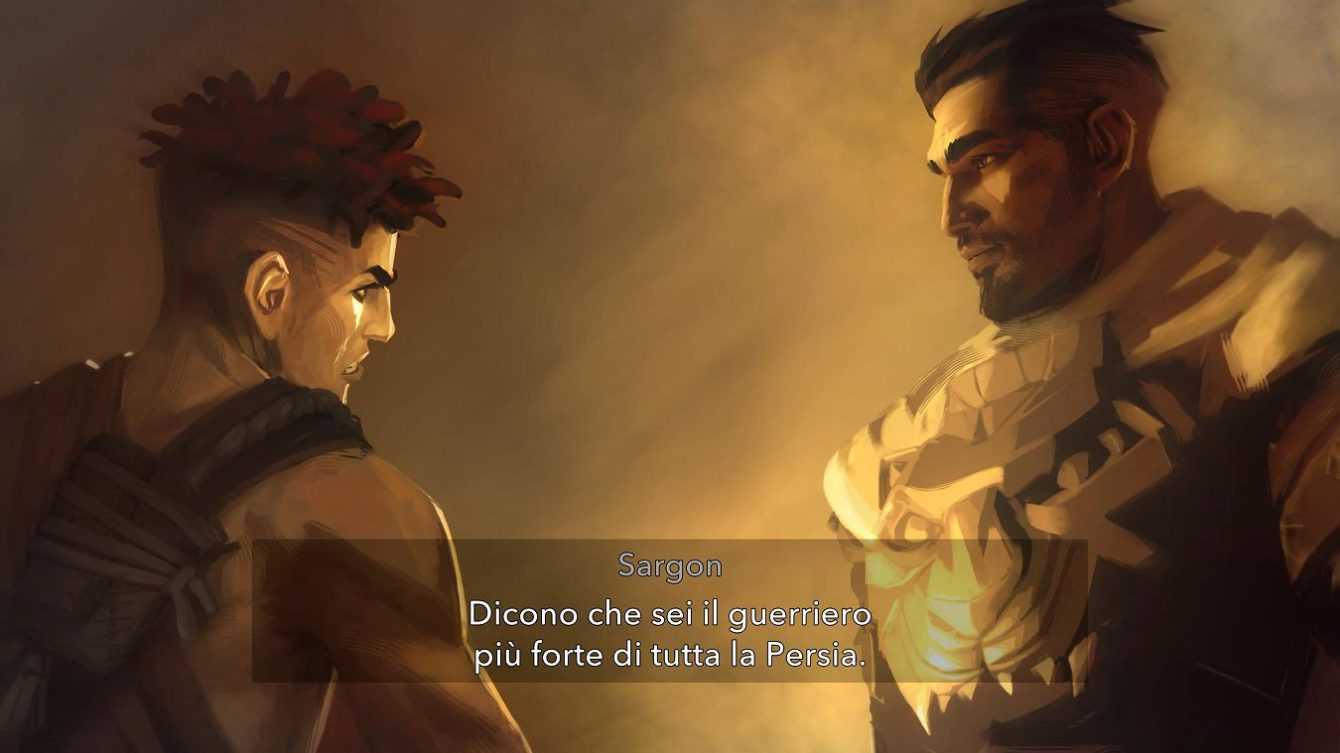
Still a Child | Review Prince of Persia: The Lost Crown
What fascinated us most about the narrative of The Lost Crown, however, is not so much the screenplay or the writing of the characters, but rather what the Ubisoft Montpellier title has to say through the lore of the game world. The collection of collectibles, tablets and writings of various nature highlights how much care was put into recreating an impressive Persian mythology. The game world of The Lost Crown is alive and pulsating and has been before we arrived: many things have happened outside of our vision, and the developers still want to make them known to us.
Not that the story told about the Immortals and Prince Ghassan isn’t interesting, mind you. The protagonist and supporting characters also enjoy a fair characterizationbut we realised, as we continued with the hours of play, that the narrative sector was put there exclusively to serve the enjoyment of the gaming experience, rather than to actually tell a story, although this still remains partly interesting .
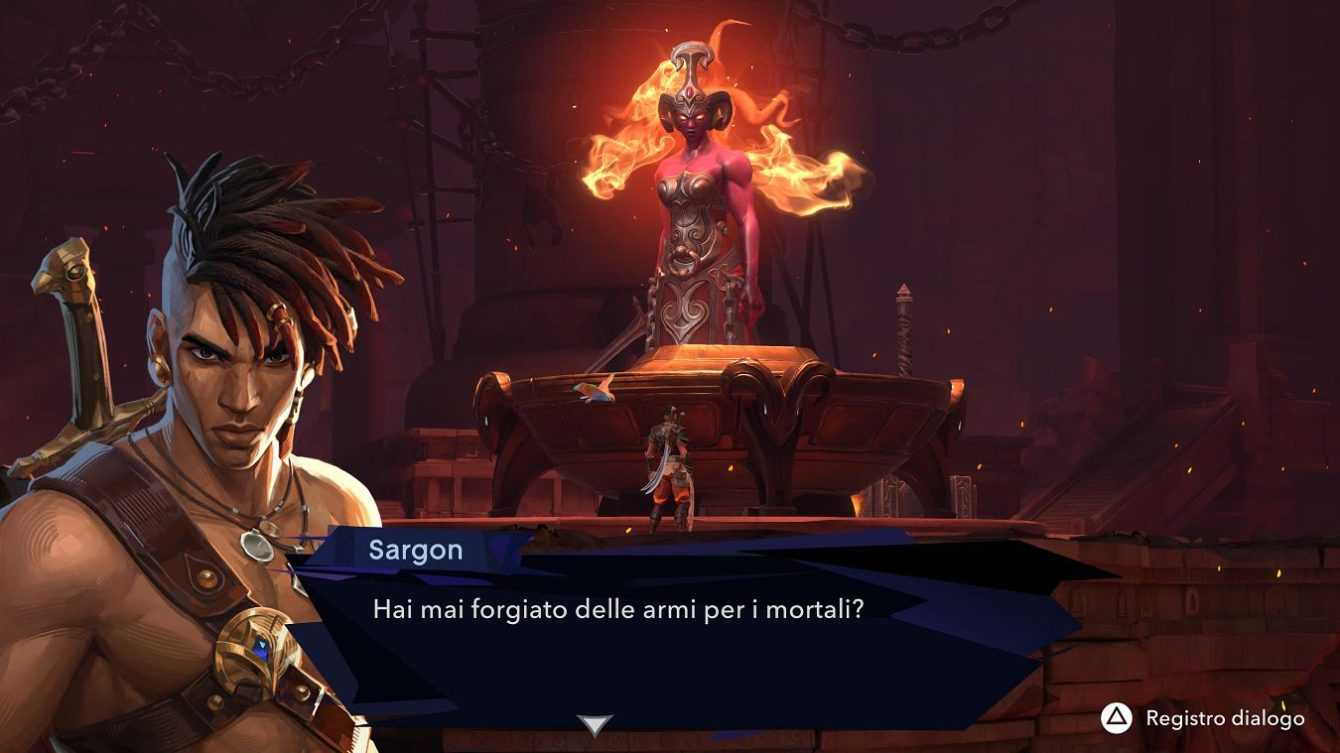
The Old Citadel | Review Prince of Persia: The Lost Crown
Let us therefore move on to the central part of Prince of Persia: The Lost Crown and this review. And which also corresponds, fortunately, with everything that Ubisoft Montpellier managed to do masterfully within the title: perfectly combining, albeit with some small flaws, the three main components of the gameplay, namely metroidvania exploration, “soulslike” combat and environmental puzzles. These three aspects do not overlap and become annoying, nor do they clash when combined: everything works (almost) perfectly.
Let’s start from combat system because it’s the thing that excited us the most. Sargon has only two weapons at his disposal with which to take down enemies: his faithful scimitars and a magical bow. Despite this limited arsenal, the amount of combos, both on the ground and in mid-air, and chainable attacks with our protagonist is astonishing to say the least and you will hardly find yourself winning a fight exclusively by pressing the light attack button. In the defensive phase, Sargon has the now classic parries and dodges at his disposal, although the stamina bar is missing. You will therefore be able to carry out dodges, attacks and parries without having to particularly worry about the resistance of our protagonist, with extremely precise and punctual commands in any situation. There is also a bar, at the bottom right, which, if filled through precision attacks or parries, allows Sargon to unleash particularly powerful attacks or defensive abilities and which allow him to recover large quantities of life points.
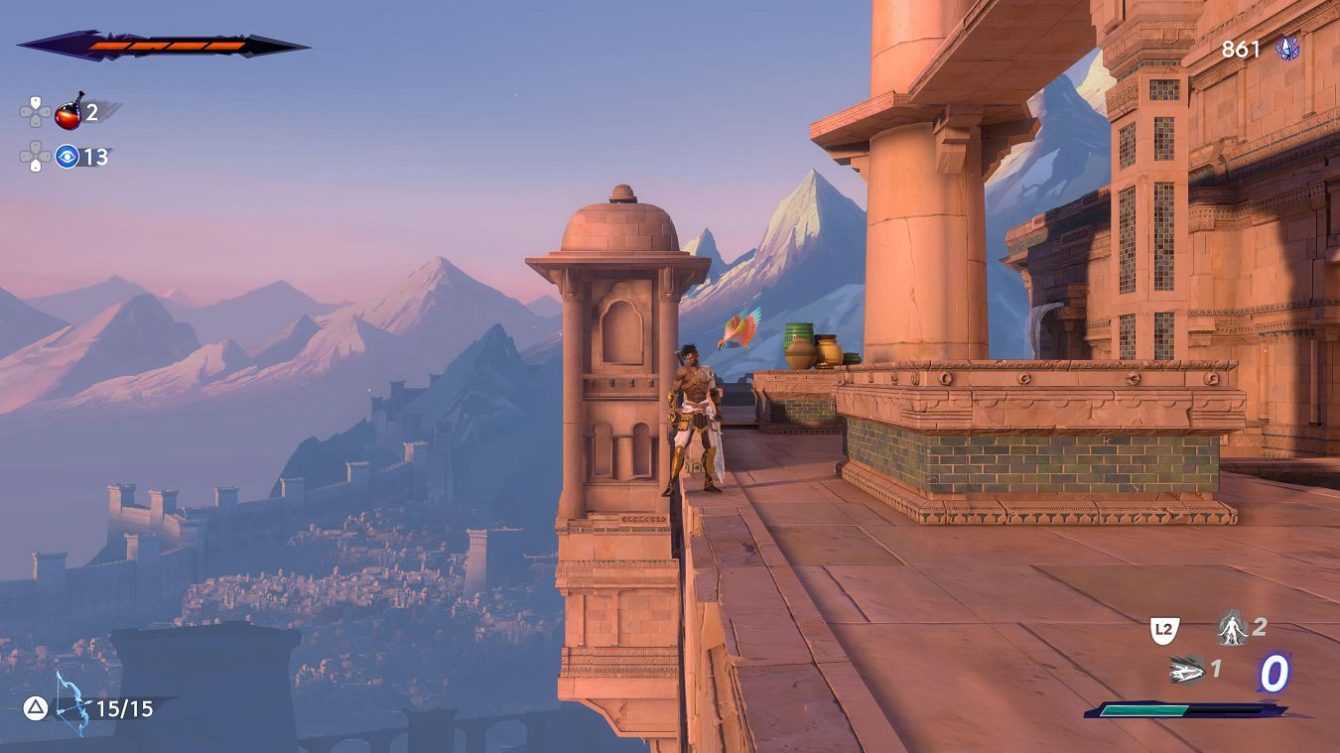
What it means to be Strong | Review Prince of Persia: The Lost Crown
In terms of difficulty, the game certainly does It’s not particularly difficult in standard mode, but not that forgiving either. Especially in the advanced stages of the game, being knocked down by a boss who has now reached the end of his HP due to a mistake (or a series…) will not be so unusual. Ubisoft Montpellier therefore requires a fair amount of attention from the player starting from the standard difficulty, even if some facilities can be activated in the accessibility options menu to help those less accustomed to the genre or those who, for any reason, suffers from some type of disability.
The exploration of the various maps that make up Sargon’s journey to Mount Qaf is exciting both in terms of simple platforming and for that metroidvania component that requires you to retrace your steps every time you have unlocked a new power of time. An excellently interconnected map that will allow you to gradually discover the map, unless you decide, via one of the difficulty options, to have it available in its entirety right away. If, therefore, at the beginning you cannot reach that damned chest in any way, do not exasperate yourself with precision jumps: you simply cannot do it at that precise moment.
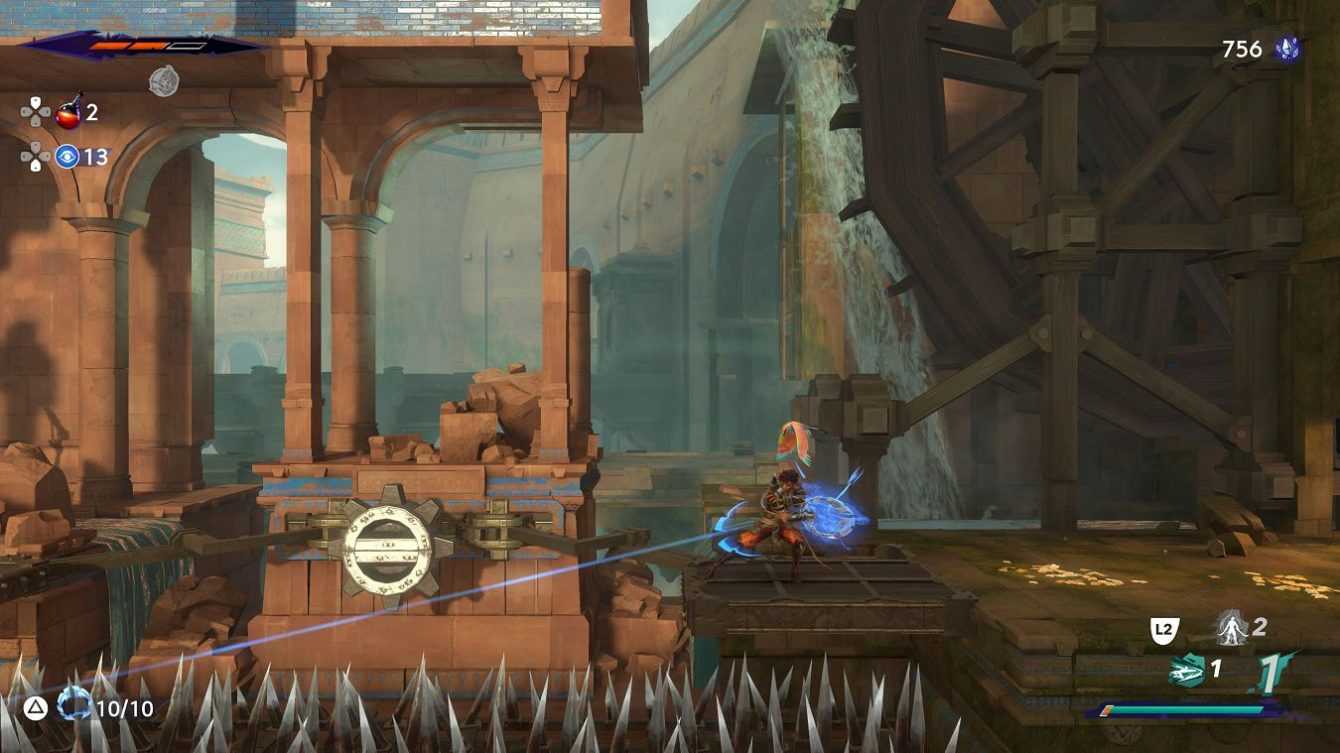
The Imprisoned God | Review Prince of Persia: The Lost Crown
Even the environmental puzzles are “affected” by the gradually increasing powers of time obtained by Sargon, so that, as history progresses, the latter become increasingly complex and difficult to implement. In the more advanced stages of the game, we often found ourselves having to try that millimeter jump between one spike and another over and over again. One of the flaws that we are forced to highlight is, as you may have noticed, a balance of the standard difficulty that is not exactly crystal clear, with some game fragments that are highly unbalanced compared to the rest.
They are also taken from the world of soulslike gli alberi Wak-Wak, situational bonfires, which allow you to restore health points and healing flasks, as well as equip amulets that give beneficial effects to Sargon. Of course, once you rest at the tree, all enemies will come back to life. But rest assured: when you die, you will not lose any of the fragments obtained which act as currency in the game.
Coin that you can spend in the shelter, the only Hub in the game, both from the merchant, who will give you improvements to healing flasks as well as particularly useful objects, and from the divine blacksmith, who can upgrade your weapons and amulets. In short, despite lacking statistics to upgrade and various numbers to view, The Lost Crown boasts a good role-playing component which allows you to create your own Sargon with his potential.
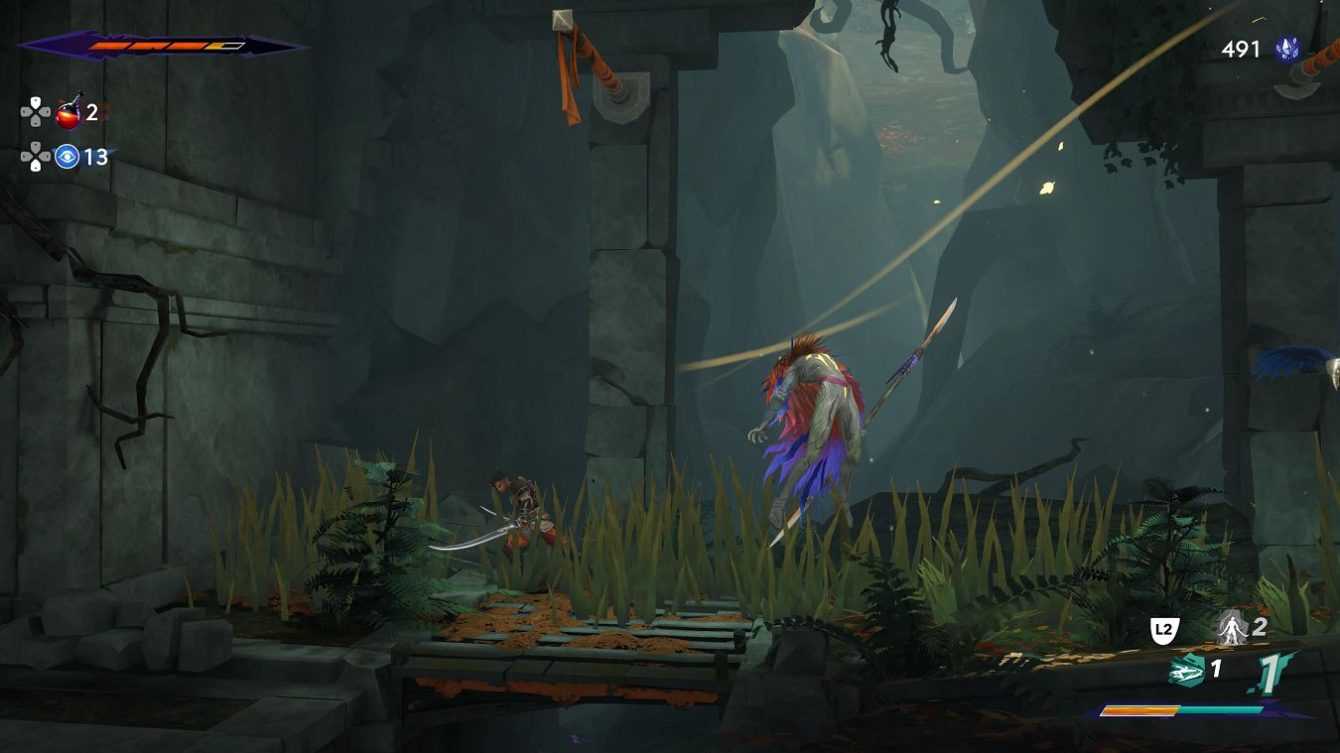
The Whit Lion of Persepolis | Review Prince of Persia: The Lost Crown
Our test, for this review, of Prince of Persia: The Lost Crown took place on the PlayStation 5 version of the game. Let’s start by saying that we have not had any disabling technical problems, if not a bug with a particular NPC that we fixed with a trick (which we will certainly tell you about in a precise guide). No drop in frame rate, which remains fixed at 60fps, even in the most frenetic situations, loading fast enough to rest your eyes for a moment after dying with a boss and fluid and exhilarating animations.
What hasn’t particularly convinced us is a single aspect of the aesthetic side, however. The mix of a Persia that exudes “Aladdin, Great Ali, Prince Ali” everywhere, with colors typical of that type of Arab-like representation, with a character design very similar to the youthful and generally antithetical to the aforementioned setting is very jarring, in our opinion. Let’s be clear: the two elements, taken individually, are not poorly rendered at all. The character models are very detailed and rendered very well, as are the very refined and varied settings in the biomes. Put together, in our opinion, perhaps they clash a little too much.
As for the features of the DualSense, adaptive triggers have been left out completely, while the haptic feedback and internal speaker are well integrated. Unfortunately, the Italian dubbing is absent, but the English one makes a good impression. In terms of sound design and soundtrack we are at a discreet level.
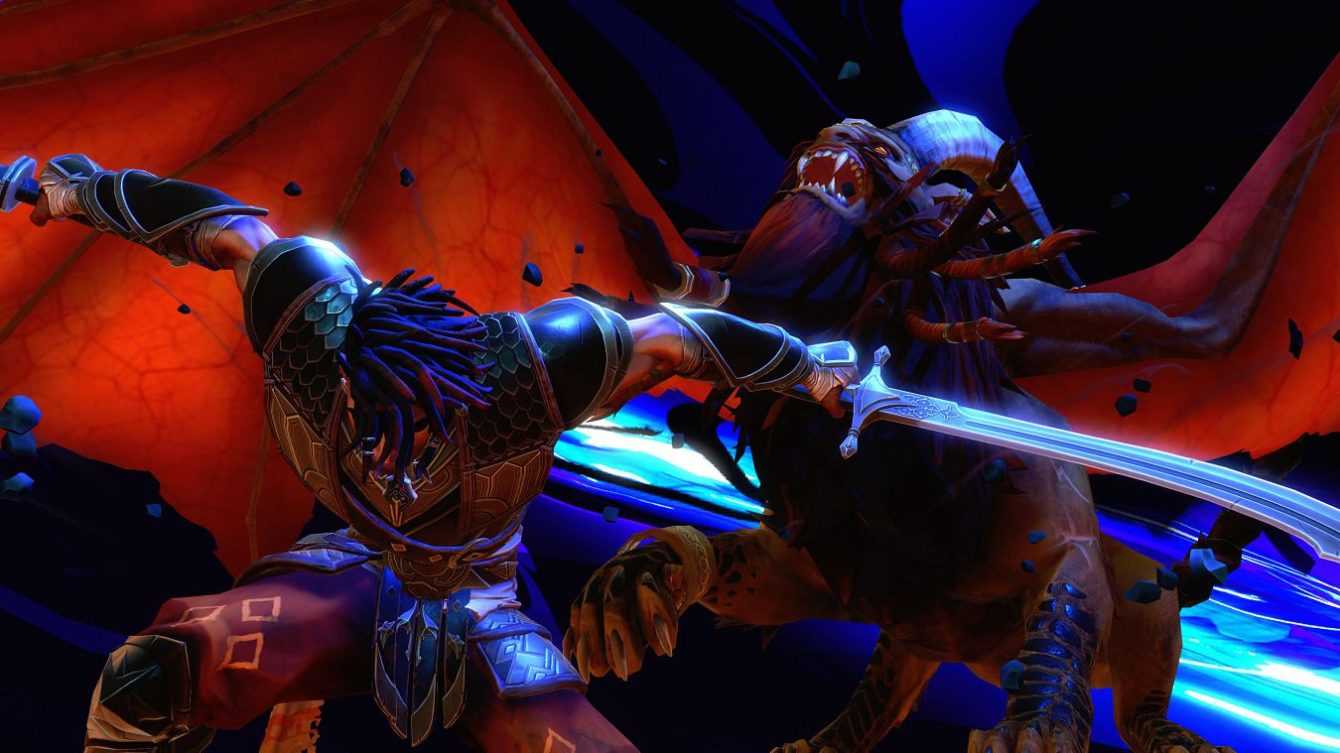
Seeds of Hope
To conclude this review of Prince of Persia: The Lost Crown, we want to underline how much Ubisoft Montpellier did an excellent job with a low budget title that very few had focused on from the beginning. The excellent ability to combine exploration, environmental puzzles and a varied and, pad in hand, intriguing combat system are paired with a narrative that is certainly not impactful, but functional, and a game world worth getting to know and explore. Too bad there are some small flaws in the balance of the difficulty level and a mix of aesthetic genres that are not particularly similar: it really could have been a small masterpiece. But now tell us about Beyond Good & Evil 2: we’re still hoping for it.
Prince of Persia: The Lost Crown is currently available on PC, PS5, PS4, Xbox Series S, Xbox One, Nintendo Switch and PC. Let us know what you think below in the comments and stay tuned with us at techgameworld.com for all the news, guides and reviews on gaming and tech themes! And if you are interested in game keys at advantageous prices, we recommend you take a look at the InstantGaming catalogue!
Thank you Ubisoft Montpellier
Points in favor
- An excellently narrated game world
- Well thought out combat system
- Excellently implemented exploration and environmental puzzles
- Difficulty level customizable through numerous options…
Points against
- …but sometimes poorly balanced at Normal
- Not a very successful dichotomy of aesthetic styles






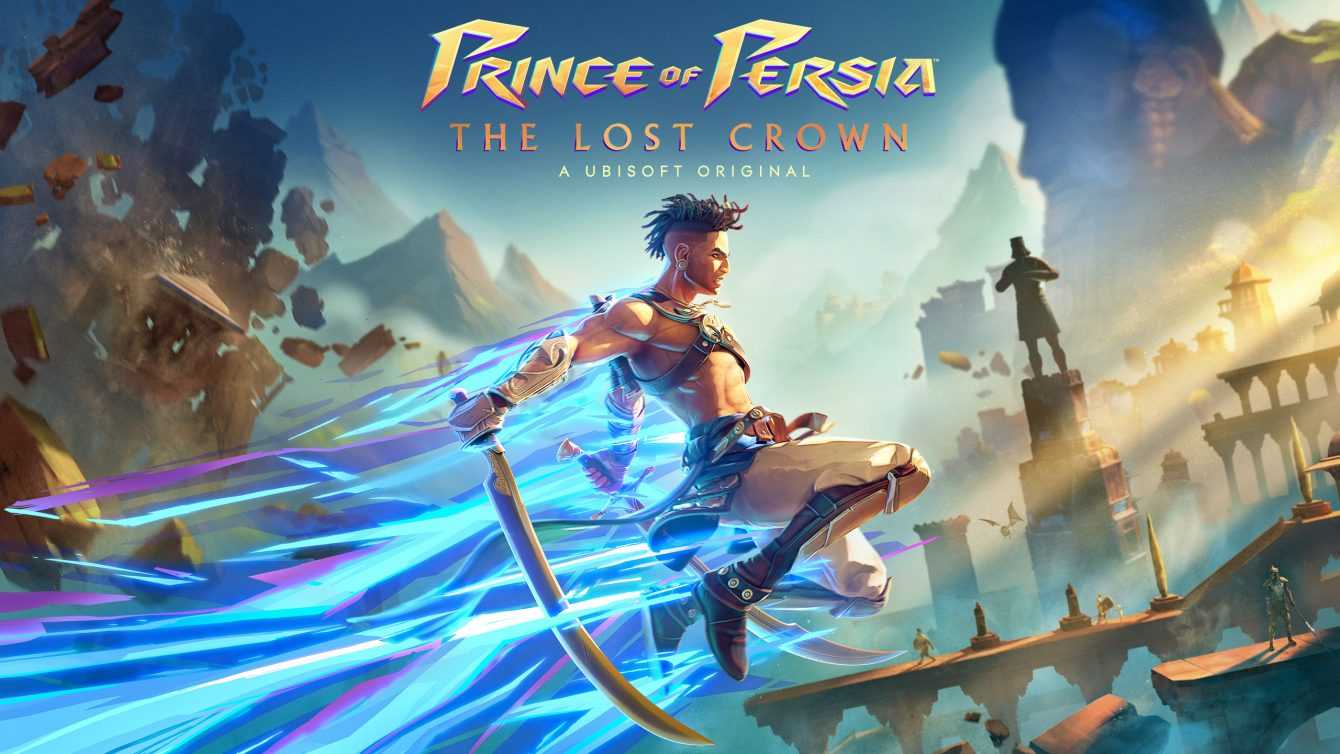





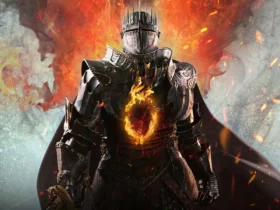
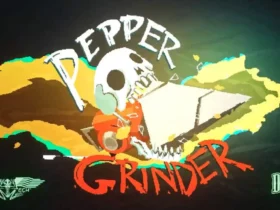
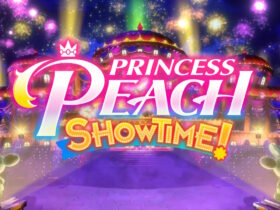
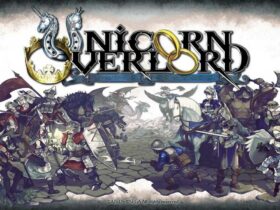
Leave a Reply
View Comments